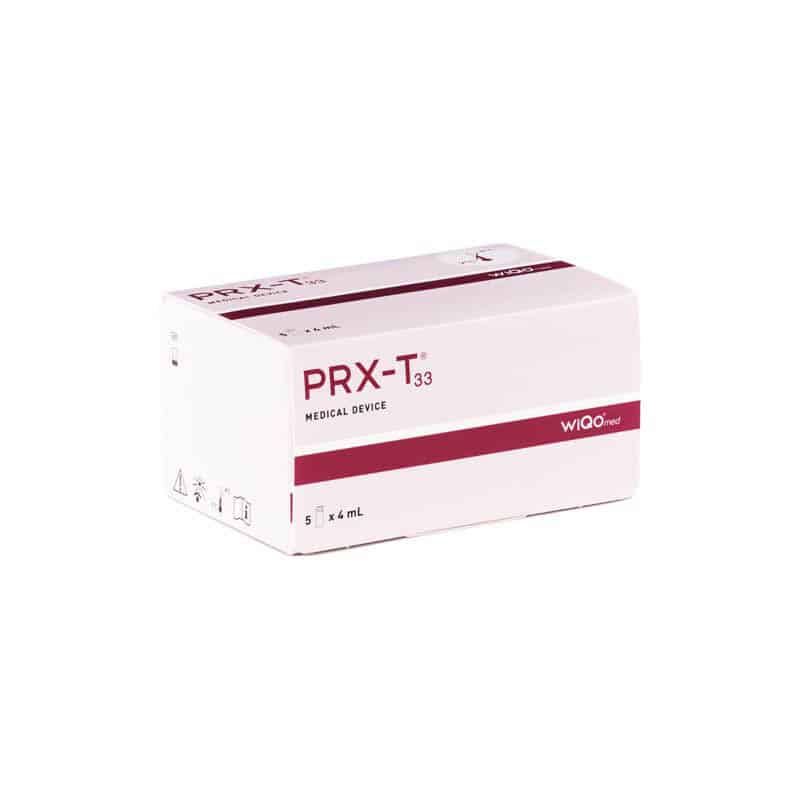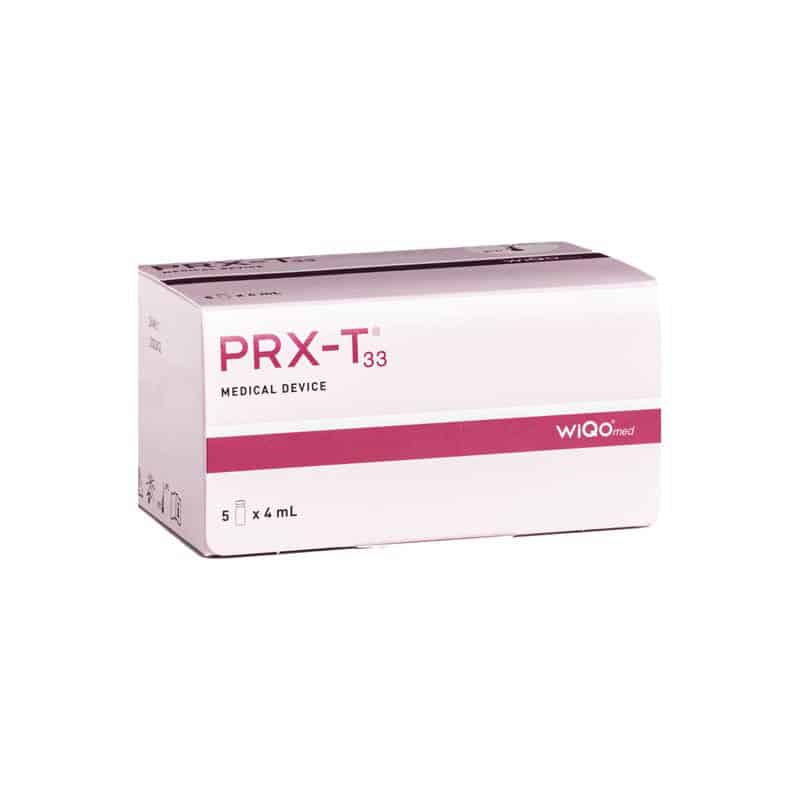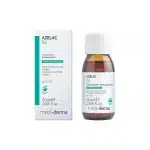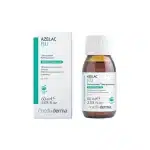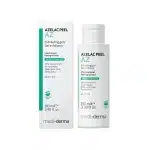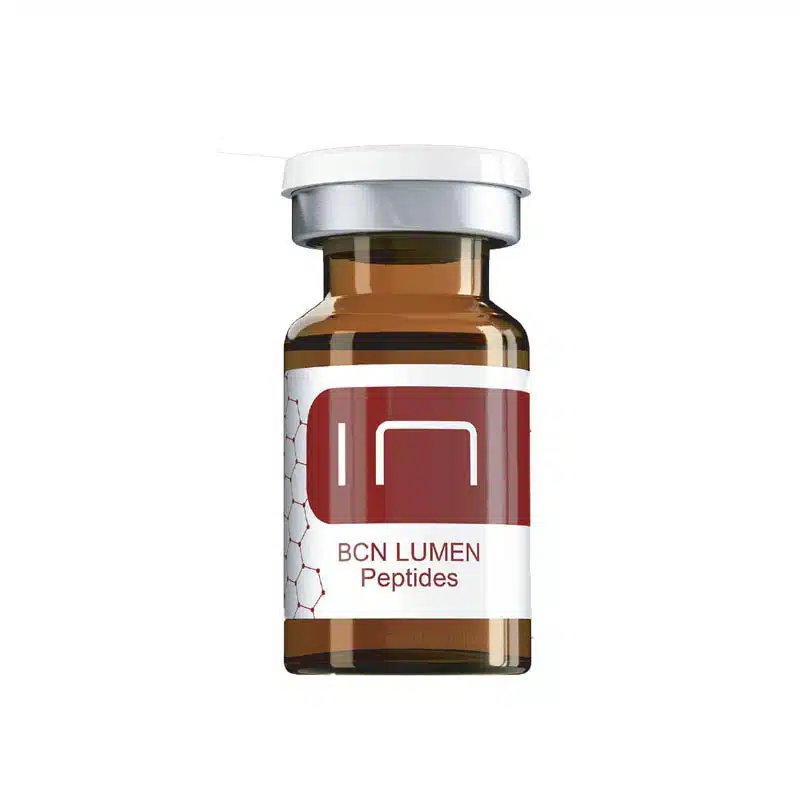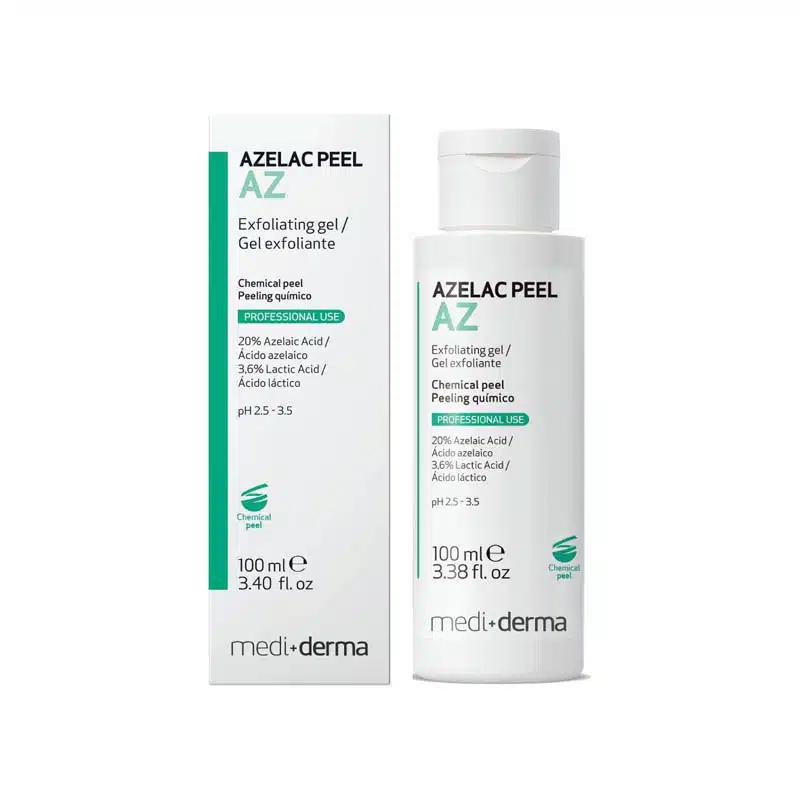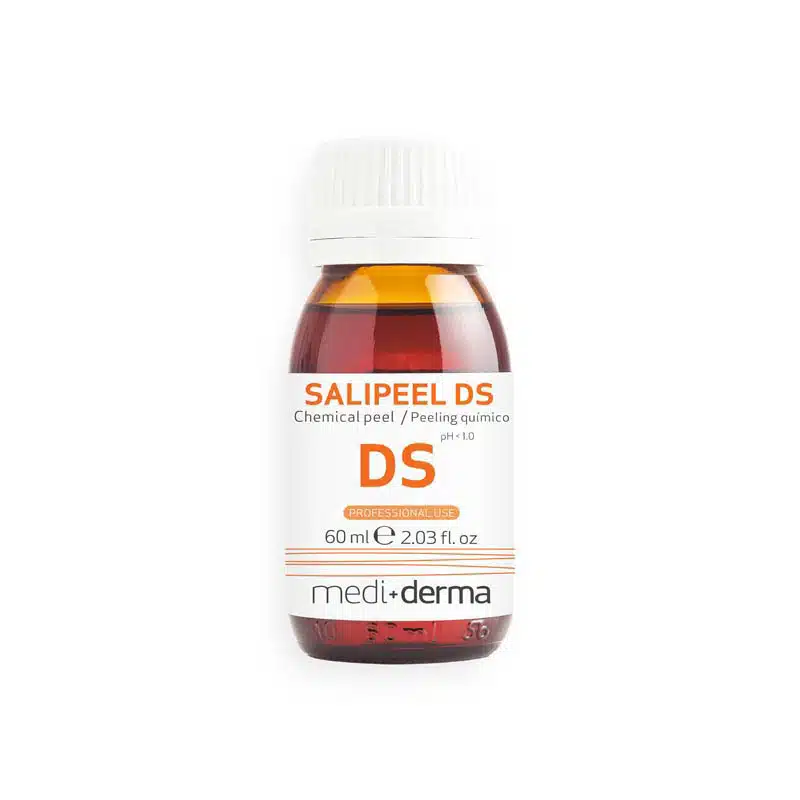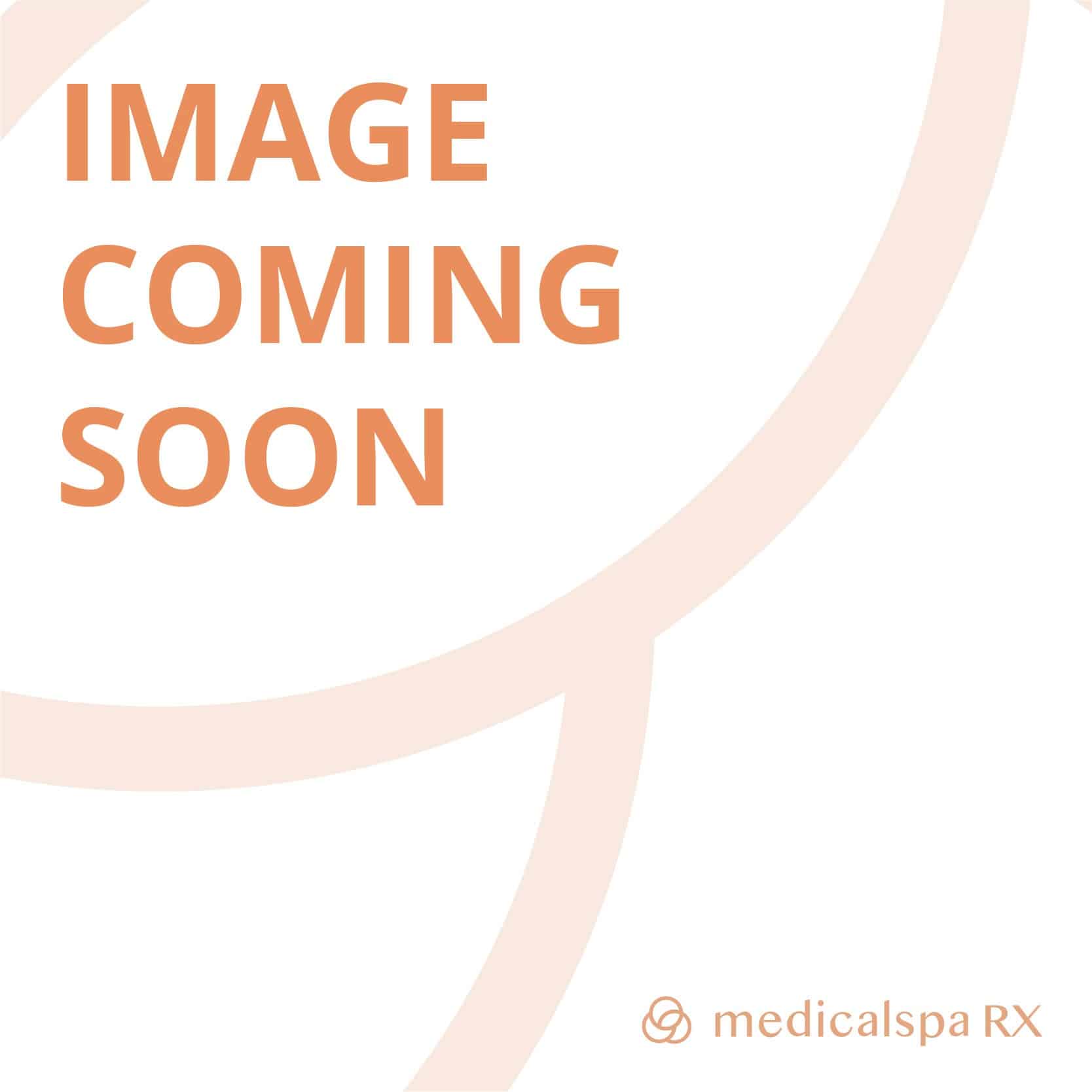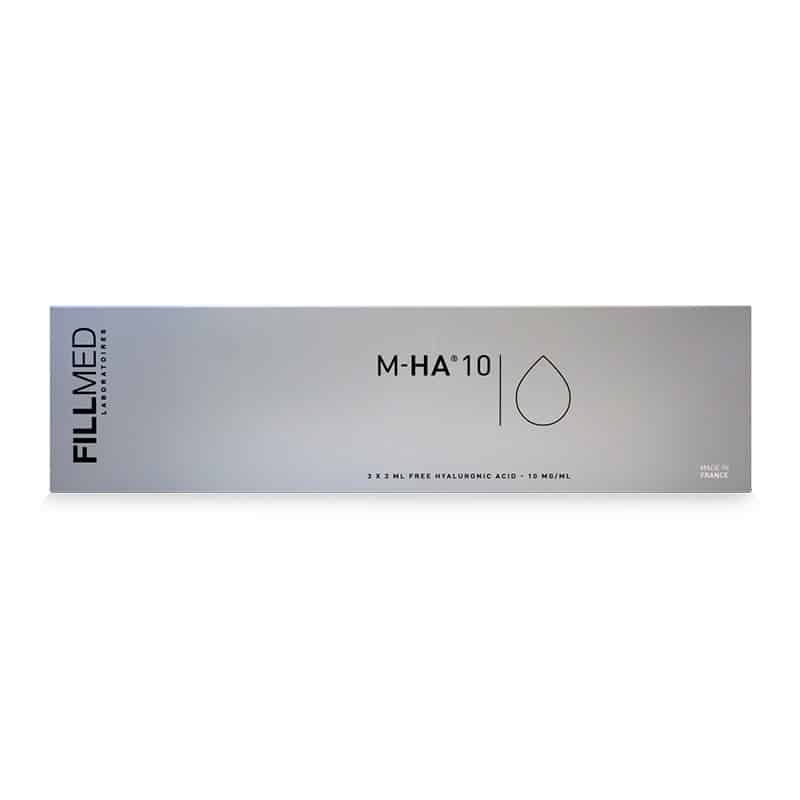Buy PRX-T33® (WiQo®) Online
$177.00
Group Buy Price: $173
brand:
PRX-T33®
manufacturer:
WIQOMED
active substances:
TCA
strength:
33%
pack size:
5 x 4ml Vials
Pair PRX-T33® (WiQo®) with
Bundle 1
AZELAC M 60mlBundle 2
AZELAC RU 60mlBundle 3
AZELAC PEEL EXFOLIAT
PRX-T33® (WiQo®) Indications for Use
PRX-T33® is a non-invasive topical solution primarily used for the revitalization of facial and body skin. It effectively treats photo-aging, dermal atrophy, stretch marks, and recent depressed scars. It is also indicated for patients with skin laxity and signs of aging. This product offers an alternative to more aggressive procedures like chemical peels and laser treatments, working on middle-aged or older patients with aged or sun-damaged skin.
PRX-T33® (WiQo®) Dosage Information
The application of PRX-T33® follows a protocol of weekly sessions:
- Revitalization of face and neck: 1-5 weekly sessions are recommended based on skin type and severity.
- Décolletage and other body areas: 4-6 weekly sessions are suggested for optimal results.
- Stretch marks: Once a week for 5-15 sessions, depending on the severity.
- Recent depressed scars: 3 times a week for 4-8 weeks until the scar base is lifted.
Each treatment session involves the manual or brush-based application of PRX-T33®, followed by a thorough rinse and post-application of WiQo® Moisturizing Cream to restore skin hydration and prevent irritation. Patients should follow up with at-home use of the WiQo® Smoothing Face Fluid for optimal results.
PRX-T33® (WiQo®) Side Effects and Precautions
Common side effects include redness, peeling, itchiness, and burning sensation. These symptoms generally resolve within hours to days. However, patients with irritable skin or those with an allergy to kojic acid should avoid the treatment, as they may experience more severe reactions such as intense burning or severe peeling.
Precautions should also be taken to avoid treating irritated skin, seborrhoeic dermatitis, or areas with cutaneous eruptions. Patients using retinoic acid (topically) should discontinue its use 15 days before the treatment. The treatment is contraindicated for patients who are pregnant or breastfeeding.
PRX-T33® (WiQo®) Clinical Studies and Real-World Outcomes
PRX-T33® has shown promising results in the treatment of dermal atrophy and photo-aging. Clinical outcomes demonstrate visible improvement in skin firmness and texture after 2-5 applications, depending on skin thickness. In cases of stretch marks, the treated area shows improvement after an average of 3-5 applications for new stretch marks and 5-10 applications for older ones.
For depressed scars, improvement is typically observed within 4-8 weeks of treatment. PRX-T33® is particularly useful for patients seeking revitalization without the extended recovery period associated with harsher treatments.
PRX-T33® (WiQo®) Drug Interactions
Patients using retinoic acid should avoid its use before and after treatment. No other significant drug interactions have been noted, but caution is advised when combining with other exfoliating or irritating agents. It is recommended that patients avoid UV exposure during the treatment period and apply high-protection sunscreen to prevent hyperpigmentation.
